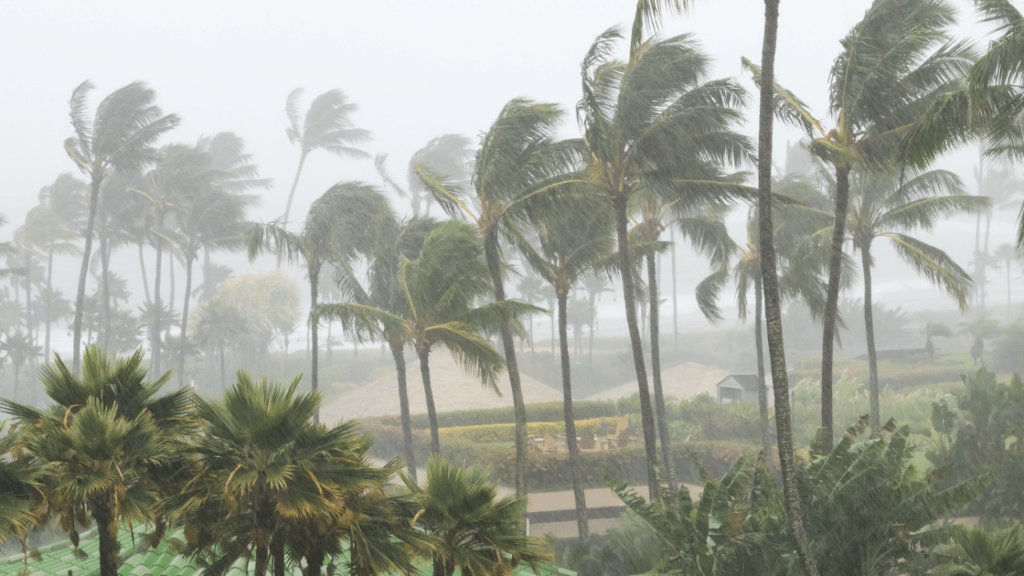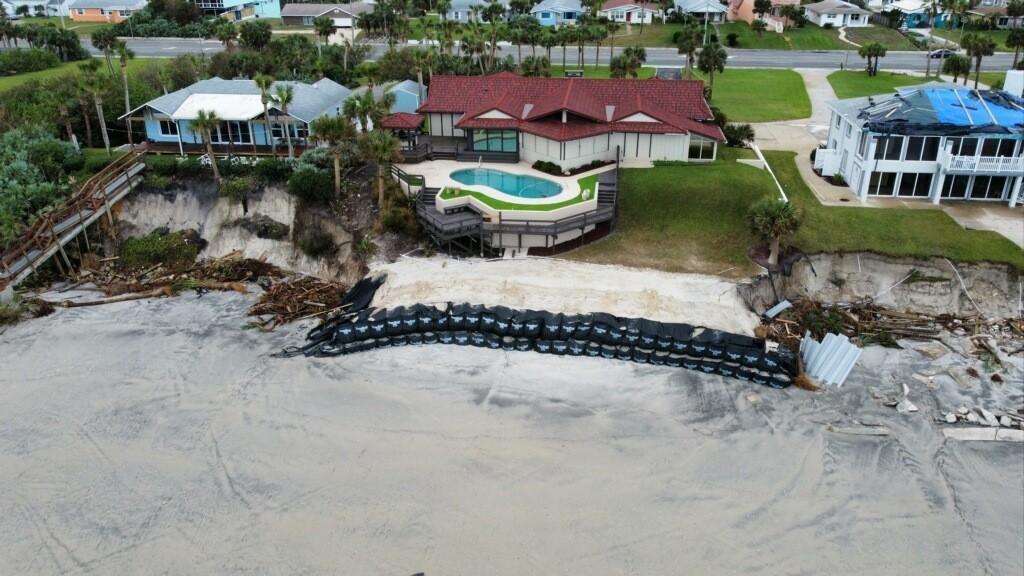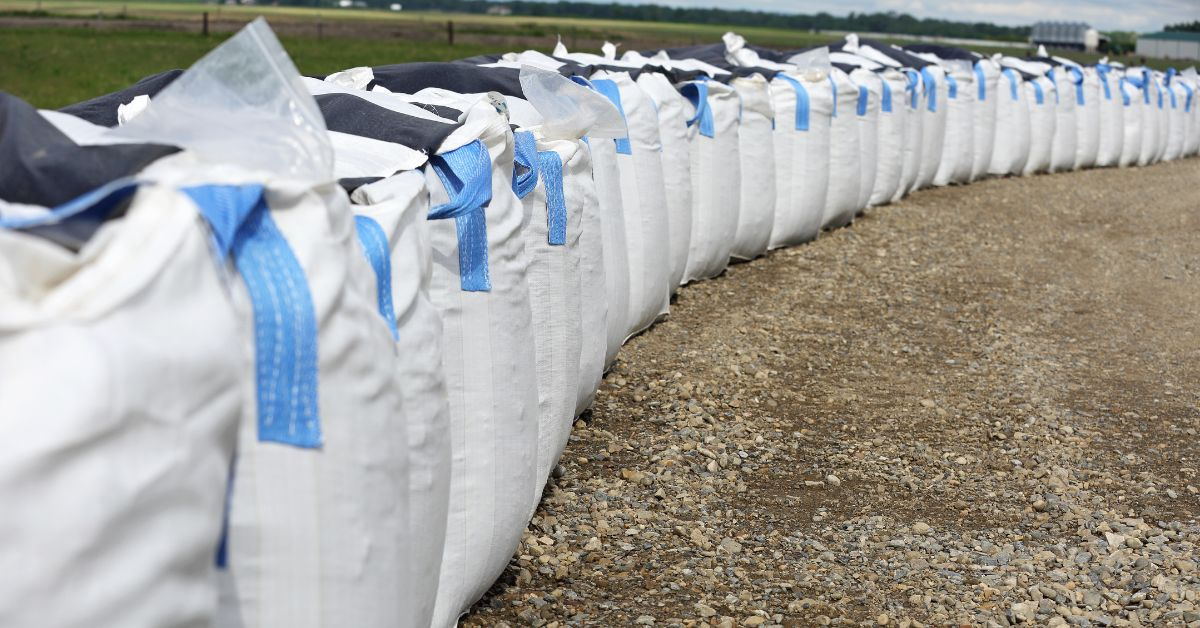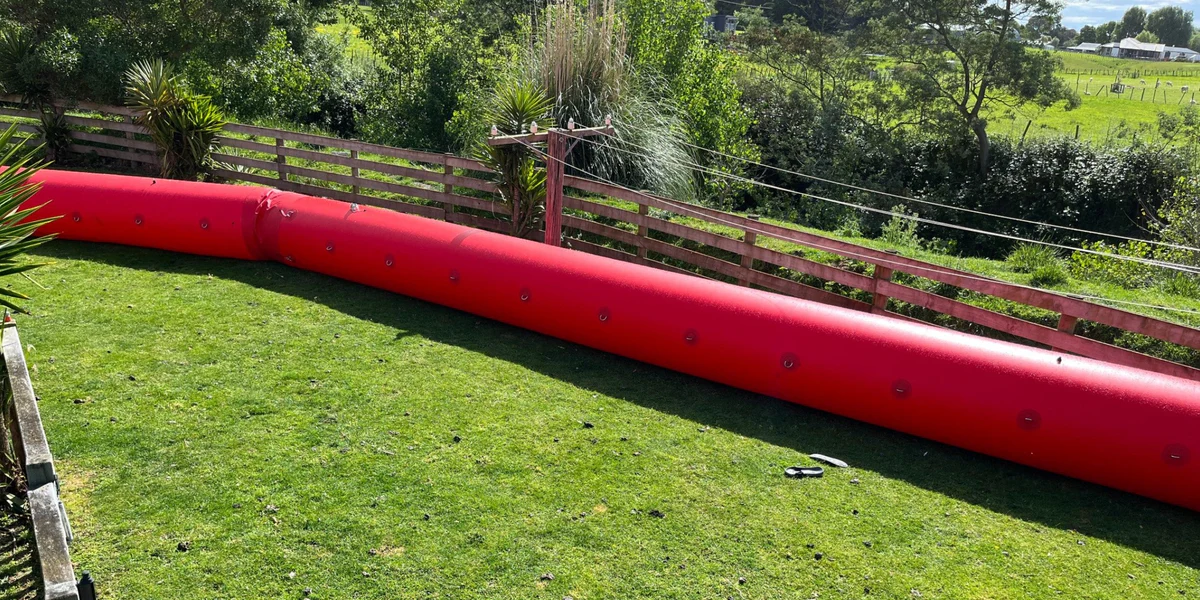TrapBag® Flood and Erosion Control in Texas
Rapid-Deployment Flood Barriers
TrapBag® flood barriers can be deployed in a fraction of the time with even better results than traditional sandbag walls. They are designed to withstand thousands of pounds of water pressure and keep water away from residences, businesses, and lives.
Learn More »Erosion Barriers
Erosion barriers from TrapBag® are designed to preserve coastlines, riverbanks and vulnerable soil areas in Texas. They protect riverside and coastal homes and buildings from coastal erosion while preventing soil loss that can make future floods worse.
Learn More »Who We Serve In Texas
TrapBag provides flood and erosion protection for a range of industries and sectors in Texas.
Emergency Management Crews
When every second counts, local and state emergency management trust TrapBag for fast, reliable flood protection in Texas. Each barrier can be deployed in a matter of hours, while offering even better defense for properties and lives in flood-prone areas.
Learn More »Oil, Mining, & Gas
Petroleum, oil, and energy companies across Texas rely on TrapBag® to protect their equipment and electrical fields during flooding events. These companies can keep their expensive equipment safe and minimize costly damage before and after the flooding stops.
Learn More »Construction & Infrastructure
Coastline infrastructure such as water treatment plants, sewage systems, and coastal highways are exposed to damage during coastal flooding events. Construction companies must also adhere to regulations around stormwater management. TrapBag® can be a cost-effective way to protect infrastructure and the water supply.
Learn More »Marine Services
We offer innovative solutions for Texas’s ports, marinas, and offshore facilities by offering flood protection against coastal hazards and supporting marine operations.
Marine service companies can streamline their operations with TrapBag solutions. These stackable barriers can create efficient drydocking stations for watercraft maintenance or serve as cofferdams for protecting vessels during repairs.
In major harbor renovation projects, TrapBag systems can effectively keep water away from work areas to allow crews to operate in dry conditions on the harbor floor.
Learn More »Environmental Protection
These barriers can also protect sensitive natural areas like wetlands and marshes when it matters most. They both mitigate flood damage in vulnerable areas and provide a less environmentally disruptive system during short-term emergencies like storms and flooding events.
Learn More »Civil & Coastal Engineering
Civil and coastal engineering organizations nationwide use TrapBag® barriers to reinforce and protect coastal buildings and infrastructure projects. These systems are also employed to preserve sand dunes in ecologically sensitive areas, protect regions prone to flash flooding, and defend the communities along Texas’s hundreds of miles of coastline and shorelines.
Learn More »What's At Stake?
Coastal Erosion on Barrier Islands
Barrier islands like Padre Island and Galveston Island protect the Texas mainland from devastation while providing hundreds of miles of natural habitats for coastal wildlife. However, erosion causes habitat loss. It can also cost millions of dollars in damage each year to communities like South Padre Island and Galveston.
Flash Flooding Statewide
Every part of Texas is at risk of flash flooding, from Amarillo to Corpus Christi. Flash floods can develop in minutes and cause sudden damage, destruction, and loss of life, especially without proper preparation.
Hurricane Vulnerability Across the Gulf Coast
Coastal areas in Texas stretching from South Padre Island to Houston and Galveston are vulnerable to hurricanes. Some hurricanes, such as Hurricane Beryl in 2024, have destroyed countless communities with flood damage. More of these storms are expected to hit the gulf coast of Texas as a result of climate change.
The storm surge that follows these hurricanes can destroy entire neighborhoods and cause injury or even lead to death.

Why Choose TrapBag?

-

Fast Deployment
When every minute counts, you can deploy TrapBag® in a matter of hours—not days. For emergency situations and planned projects alike, deploy TrapBag® when and where you need it most.
-

Reliable Strength
Our state-of-the-art geotextile creates a barrier that withstands wave action during flooding events, as well as the slow deteriorating effects of shoreline erosion.
-

Efficient Design
TrapBag® is designed for fast and easy storage, transport, and installation. It can be implemented on all types of terrain and scaled for the size of your project.
-

Tried & Tested
Thousands of miles of TrapBag® barriers have been deployed worldwide. The U.S. Army Corps of Engineers has also tested their strength during major flooding conditions.
How TrapBag® Compares to:
Sandbags have been used for centuries to protect communities from flooding because they’re inexpensive and can be stacked to create taller barriers.
However, they aren’t ideal for anyone who doesn’t have a civil engineering degree or extensive emergency management expertise. Sandbags have a high margin of error that can cause them to give way when you need them the most. They’re also labor-intensive to fill and require more manpower than TrapBag® does, all with subpar levels of protection.

These barriers are designed to be filled with water and create enough weight and pressure to divert floodwaters away from buildings and structures. Many are reusable, and thus can be cost-effective in some situations.
However, most water barriers aren’t more than a few feet tall. They also can’t withstand wave action of any kind. TrapBag® barriers start at 4 feet tall and can be stacked on top of each other more easily during major flooding events.

Floodgates are a permanent form of commercial flood protection. Flood-prone communities use them to prevent damage from frequent flooding in neighborhoods that are particularly vulnerable.
While they’re effective, floodgates are too expensive and time-consuming for many communities. TrapBags can serve as temporary flood protection barriers to protect these areas during emergencies, as well as a floodgate system for a fraction of the total cost.

